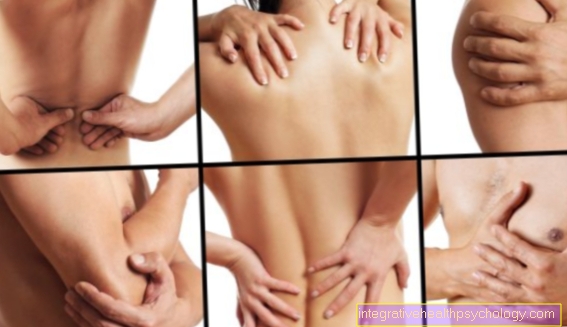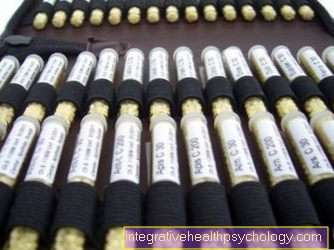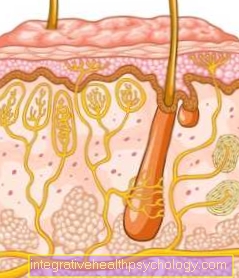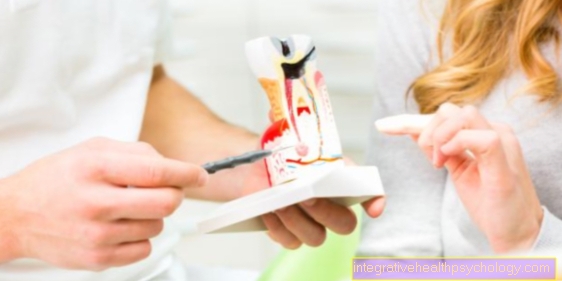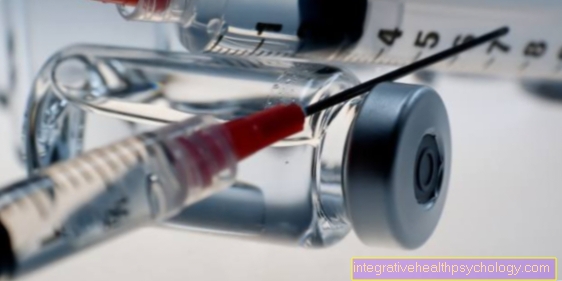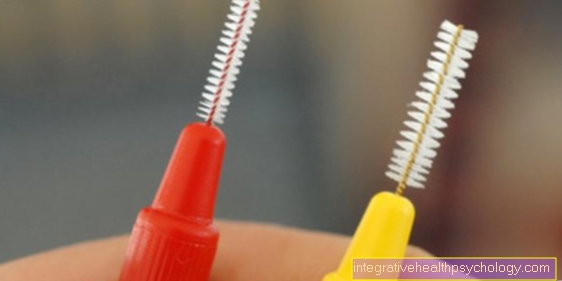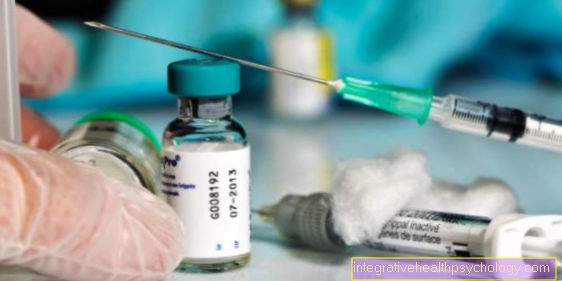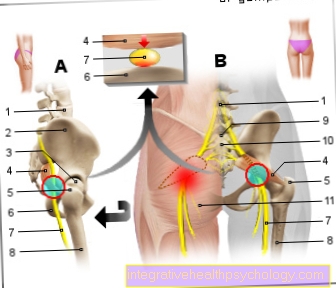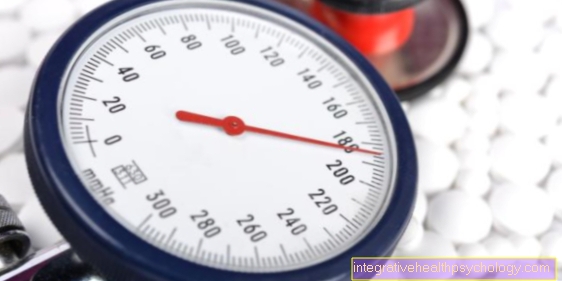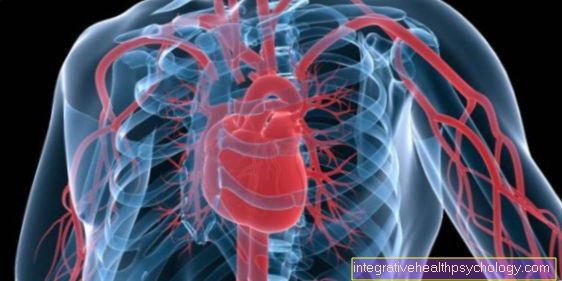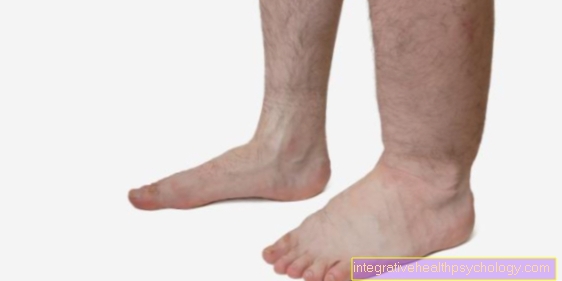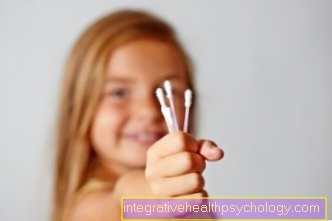Proprioception
Synonyms
Deep sensitivity, self-awareness, proprioceptive training
From the Latin: "proprius= own "; "recipere= record "
English: proprioception
introduction
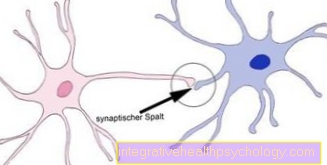
Proprioception in athletic strength training has received increasing attention in recent years. Although many questions about this type of training remained unanswered, many sports providers and trainers rely on this form of deeply sensitive Muscle gain. Proprioception is known from the field of orthopedic shoe insoles, when children with movement abnormalities were provided with this form of orthopedic insoles and achieved success in stability of movement. In the field of physiotherapy and the rehabilitation of movement disorders, proprioception is a method that has been known for many years compared to insoles.
The proprioception belongs next to the visceroception (feedback of the internal organs) to the group of the body's own feedback. The perception from the environment is called exteroception.
How does proprioception work?
Under the PNF (proprioceptive neuromuscular F.acilitation) is understood to be a treatment system that is based on afferent nerve tracts Feedback from the body's own signals sets muscular impulses.
Simplified: When the muscles contract, the stimulus is transmitted from the brain to the Musculature via so-called efferent webs. The feedback from the muscles to the central nervous system takes place via the so-called afferent pathways. This feedback is deliberately used by shaky documents for the instability of the overall system. The athlete, patient is thus in imbalance and must be targeted via the feedback (afference) Body balance hold or regain. By EMG measurements (Electromyography)it has been proven that with this type of muscular load the muscle fibers takes place in the muscle to deep areas.
Analyzers
In comparison to lower living beings, humans have so-called kinetic receptorsthat allow us to send stimuli from the joints, joint capsules, tendons, ligaments, fascia, skin and muscles to the CNS to redirect. In the human Move Movement corrections are thus possible during movement. Together with the balance organ in the ear (Vestibular apparatus) these analyzers give the body feedback on the position, movement, posture and acceleration in space. In addition, feedback about the environment via the afferent pathways is also sent to the CNS- passed on. These are e.g. Effects of temperature on the skin. Feedback from the internal organs takes place via enteroceptive stimuli via the afferent pathways of the autonomic nervous system. The stimuli of the ape-retentive pathways are processed and passed on in the CNS via a switch position through efferent pathways to the successor organ. These can be:
- For movement (somatomotor nerves)
- Internal organs (vizero - motor - nerves)
- Glands (sekreto - motor - nerves)
Simplified:
If you walk across a changing surface with your eyes closed, you don't necessarily fall over. The feedback of the afferents in the sole of the foot and Knee joints ensure a compensatory movement
Proprioception and Diabetes
At the Diabetes mellitus there is often one peripheral neuropathy, where both the Efferents, as well as the Afferents are impaired in their functionality. This increases the risk of falling. The Proprioception does not work and the gait behavior is massively impaired. This is why the optical analyzer plays a key role when walking. In patients with cerebral movement disorder the afferent analyzer no longer works completely, and as a result of the excessive muscle tone, insufficient information from the successor organ (muscles, tendons ...) reaches the CNS. Simplified: The increased standing on the balls of the feet means that there is not enough feedback from the sole of the foot, which leads to motor disorders. However, proprioception can be improved in this case.
Simplest example
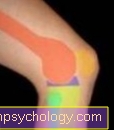
The simplest example of the Proprioception is the Self-reflex in the knee joint. With a light blow against the Patellar tendon There is a contraction in the thigh muscle below the kneecap. Why? The patellar tendon becomes passive stretched and thus stretches the associated muscle (Quadriceps femoris muscle). Muscle spindles in this muscle register this stretch (Affinity) and causing a contraction (Efference).
Where is proprioception used?
As already described above, the physiotherapy in rehab for the targeted use of Proprioception to specifically use the feedback from the body. In orthopedic shoe care, diabetics in particular, but also non-diabetics, often use the improved feedback from the soles of the feet through special pads in the sole. Furthermore, proprioception is used in modern Weight training used to develop the muscles more specifically through the body's own feedback. In addition, proproceptive strength training leads to the development of the Movement coordination.
further helpful information
- Relaxation
- doping
- endurance
- nutrition

